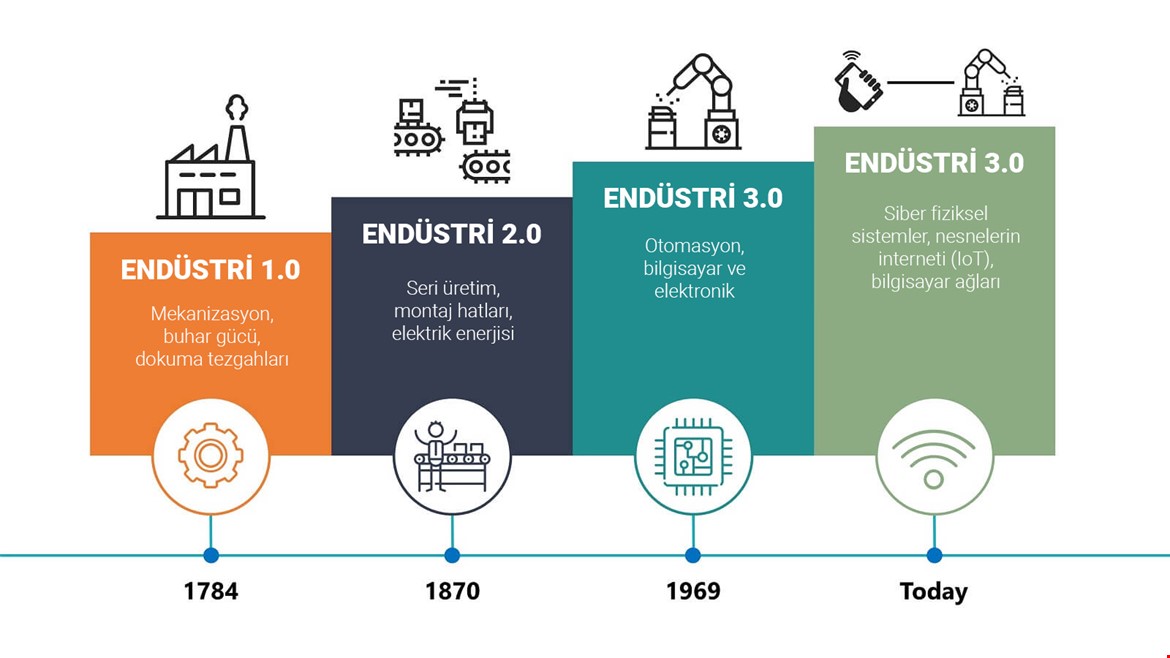09 Mayıs 2013 15884 0 PROJECT MANAGEMENT Fonksiyon360
Activity
The activity is the individual task required to complete a project. It is the smallest time and resource blocks handled by project management software. Activities are associated with each other by defining the premises. Activities are also called work packages, tasks and deliveries.
Activity Time
The duration of the activity specifies the length of time (hours, days, weeks, months) required to complete that activity. The workflow (associated activities identified by predecessors) can be defined without assigning durations to activities. Activities whose duration is 0 (zero) are called milestones (values 1-94) or hammocks (values 95-99).
Actual Dates
The actual dates are entered as the project progresses. These dates are the dates on which the gore activities actually started and finished for the planned dates.
Basic Project Timeline
The basic schedule is the fixed project timeline. It is a standard for measuring project performance. If there is a significant change in the scope of the project, the base chart is rebuilt.
Calendars
The project schedule lists the time intervals during which the activities or resources can be scheduled. A project generally has a fixed resume of the normal working week (Monday to Friday), but may have other calendars. Only one resource can be created for a specific calendar, a separate calendar for resources to be applied overtime ... Each calendar can be changed to specify their own vacation and extra work days. Sources and activities can be connected to any of the defined schedules.
Control
Auditing is the comparison of actual performance with planned performance, examining the differences and taking the appropriate corrective actions as necessary.
Critical Activity
Zero or nega- tive abundance (early end-early start = 0) activities. Displacement of these activities causes the project to be delayed.
Calculate the Timeline
The critical path method (CPM) is a modeling process that defines the timely completion of all critical activities of the project. The start and end dates of the activities in the project are calculated in two passes. In the first pass, early start and early end dates are calculated (forward-forward pass). The second transition calculates the late start and late end dates of the activities (backward-backward pass). The difference between the end date and the start date of each activity indicates the amount of that activity. For example, an activity with +2 abundance may start 2 days after the specified date, and does not delay the end date of this project. As explained in the Critical Activity, activities with a difference of 0 between the start and finish dates are critical activities. A delay in these activities affects the end date of the project.
Critical Path
There can be more than one critical path in a project. The critical path is the path of the activities that indicate the longest path required to complete the project. The delay to any activity on the critical path delays the completion of the project. There can be more than one critical path, depending on the time and the work flow.
The length of time required to complete an activity is called the duration. The length of time is determined by user input or resource usage. Activities that have no duration or have a duration of 0 (zero) are called kilometer stone. Estimating the duration of future activities is very difficult. It is recommended to use the widest time periods by adding possible delays to the account.
Early Ending
The earliest calculated end date of an activity is defined as "early ending." It is based on the early start of the activity, which is based on the activity and the ending of the premise activity. (See Early Start ...)
Early Start
The date at which an activity can be calculated earliest is defined as "early start". It depends on the completion of all the preceding activities.
End Activity
The latest activity to be completed before the project is completed. This activity is not a predecessor to any other activity and has no successors.
Abundance
Abundance is the amount of time that an activity can be displaced without affecting the rest of the project. The calculation depends on the abundance type.
Free Abundance
It is the initial amount of time that activity can be shifted, which does not affect the end date of the subsequent activity. To calculate Free Abundance, Free Abundance = Early Start Date of Subsequent Activity - Early Start Date of that activity - Time of that Activity
Gantt Scheme
The Gantt diagram is a graphical representation of activity times. It is also called a bar chart.
Hammock
Groups to report a hammock, activities, milestones, or other hammocks. The number of milestones of a hamak is between 95 and 99. This allows 5 levels to recover. For example, two hammocks at level 95 can be combined into a hammock at level 96.
Histogram
Graphical representation of resource usage within a given time period. Resource usage is indicated by vertical colored bars. It is possible to identify overused or underused resources with this graphical representation.
Standby time
It is the time delay between the start or end of an activity and the start or end of its successor activities. As an example, after the foundation of a building has been laid, it is necessary to wait for 15 days for the foundation to start work on the ground floor. This 15 day period is called "lag".
Late Finish
Defines the date when an activity will be completed last without causing delays in a project. As indicated in the time program calculation, the late end dates are calculated by backward passes.
Late Start
It defines the date at which an activity will start at the latest without causing delays in a project. As indicated in the time program calculation, the late end dates are calculated by backward passes.
Milestones
Zero-duration activities are called milestones. In general, a phase / phase is completed.
Negative Abundance
Negative abundance indicates that activities must start before the end of their predecessor to catch the intended end date. Negative Abundance occurs when the difference between late dates and early dates (start or end) is negative (-). This may occur when certain constraints (target date of activity or end of project period) are added to the project.
Network Analysis
Network Analysis is the process of defining the early / late - start / end dates of project activities. This is done with forward and backward passes.
Network Diagram
Network Diagram is a graphical representation of the relationship with activity ranking and other activity (s). In graphical representations, the activity boxes are connected by one-way arrows (') to illustrate the precursors. The first activity is at the far left of the diagram, and the last activity is at the far right of the diagram.
Parallel Activities
Parallel activities are two or more activities that will take place at the same time. This allows the plant to be completed much faster than sequenced activities.
Way
The road is a series of interrelated activities. You can look at the Critical Path Method ..
Positive Abundance
Positive Abundance is the amount of time an activity can be delayed without affecting the completion date of the project. Positive abundance activity is not on the critical path and is called non-irritant activity. The difference between Early and Late dates (start or end) determines the amount of abundance.
Premise
An activity that needs to be completed (or partially completed) before the start of a given activity is called the "premise". All "Lead" and "Successive" relationships between project activities form the "Network".
Program Evaluation and Review Technique (PERT)
It is a project management technique that determines how much time it takes before a project is completed. The best (EI), worst (APP) and possible (O) completion time estimates for each activity are determined. These estimates are used to find the average completion time (OTZ).
OTZ = (EI + 4xO + EK) / 6
Standard Deviation = (EK-EI) / 6
Project
A temporary effort that produces an unmatched product, service, or result with a specific start and end date.
Source
The source is anything assigned to complete an activity. This source can be a device, human or material ...
Source Balancing
It allows to adjust the project schedule to balance the excessive consumption of daily resource usage. This usually happens when overloading resources. If there is an abundance of that activity, then in order to save that resource from overloading, the activity may be assigned a further schedule, and an additional resource may be assigned to the activity.
Time Programming
Time Programming is the process of determining the time at which project activities will take place based on their duration and premise activities.
Sort
Sorting is the sequence in which an activity takes place according to another activity. Ranking reveals dependencies and priorities among activities. Successive and Precedent relationships are developed in network format. This allows the workflow to be easily seen.
Startup Activity
The initial activity has no precedence. There is no other activity that needs to wait to get started.
Sub Project
It is a separate group of activities that make up their own projects as part of a large project. Subprojects can be aggregated into a single activity to hide details.
Succession
Successive, start, or finish is the activity that depends on the start or end of the activity. Look at the premise ...
Total Abundance
The amount of time the start date of an activity can be delayed so that the project does not delay the end date.
Total Abundance = Late End - Early Start - Time
Business Split / Break Structure
WBS is a hierarchical elaboration of the responsibilities and responsibilities of a project. At the top level in a project
Business Split / Break Structure
WBS is a hierarchical elaboration of the responsibilities and responsibilities of a project. It is developed by defining the top level work (s) in a project. These major business categories are divided into smaller pieces. The controllable smaller shredding operation is continued until the desired detail is reached. This lowest level of units is called "activity".
Workflow
The relationships of activities from the start to the end of a project are called workflows.
Workload
Workload is the amount of work units assigned to a resource in a given time period.
Business Units
Business Units is a measure of resources. As an example, people can measure gore to working hours and working days.
Zero Plenty
There is not much time between activities. Zero-volume activity is critical. Project completion is delayed if the completion times of critical activities are longer than planned.
Late Start - Early Start = 0










